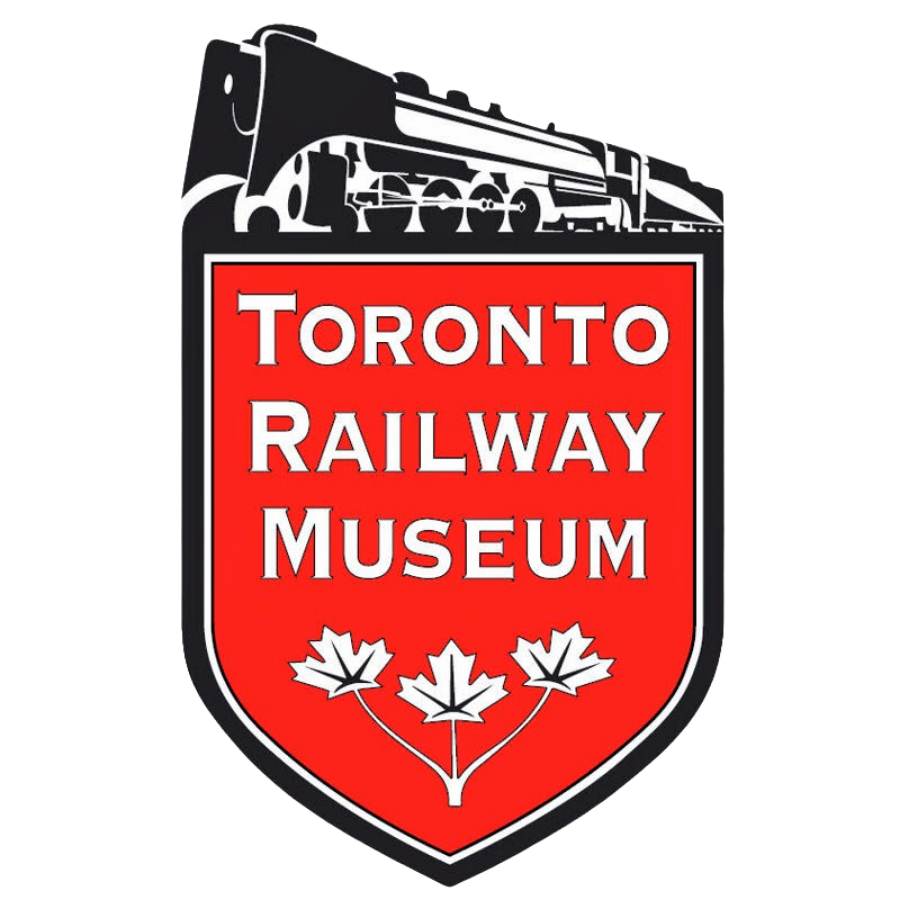Summary
Originally appearing as Richmond Hill on timetables, the first Maple Station was built by the Ontario, Simcoe & Huron Railway while its construction was proceeding northward from Toronto. No photos are known to exist of it, but this station would have followed a standard design which the OS&H built in virtually every community along the line. It would have been a rectangular structure made primarily from wood with a pitched roof and very few amenities or architectural embellishments. The first train arrived on May 16th, 1853 when the line between Toronto and Aurora opened to revenue passenger service. The OS&H was reorganized as the Northern Railway of Canada in 1858, after which the station changed hands multiple times over the next several decades. First, the Northern Railway merged with the rival Hamilton & North-Western Railway, forming the Northern and North-Western Railway in 1879. The N&NW was itself acquired by the larger Grand Trunk Railway in 1888. Owing to the local community’s increasing population due to the railway’s presence and the station’s inconvenient distance from Richmond Hill, it was finally renamed to Maple in October 1900.
Maple’s original station succumbed to fire on May 17th, 1903 and a replacement was constructed by the Grand Trunk in June of the same year. The Grand Trunk used one of its standard designs which it built extensively in smaller communities throughout southern Ontario during the early 1900’s. Despite having more architectural flare than its predecessor the station included few if any new features. It contained a waiting room, a baggage room, and the station agent’s office in the middle. The Grand Trunk encountered financial difficulties during the early 20th century, culminating in its nationalization and subsequent absorption into Canadian National in 1923. A total of approximately eight trains were stopping at Maple Station each day by 1945.
The popularization of automobiles and air travel in the 20th century led to a widespread decline in passenger ridership. This was further exacerbated by the completion of Highway 400 in 1952, running almost parallel to the railway and directly serving many of the same communities. Maple Station closed to passengers in 1964, leaving its future uncertain until Toronto to Barrie commuter service was re-established by Canadian National in 1974. All remaining service to Maple was picked up by VIA Rail after its formation in 1977. Due to budget cuts a few years later the VIA service was supplanted by GO Transit in 1982. The station building was federally protected under the Heritage Railway Stations Protection Act in 1992 and provincially under the Ontario Heritage Act in 2005. Its exterior was thoroughly restored and it remains in use by Metrolinx as the Maple GO Station to this day. A planned expansion of the station including new platforms and shelters will continue to incorporate the 1903 Grand Trunk station as its centrepiece.
Condensed Station Info:
| Location: | Served By: | Current State: | Date Built: | Date Demolished: |
| West end of Eagle Rock Way | NRC (1853 – 1879) N&NW (1879 – 1888) GTR (1888 – 1923) CNR (1923 – 1978) GO Transit (1982 – Present) | Demolished (First) Preserved, In Use (Second) | 1853 (First) 1903 (Second) | 1903 (First) N/A (Second) |





